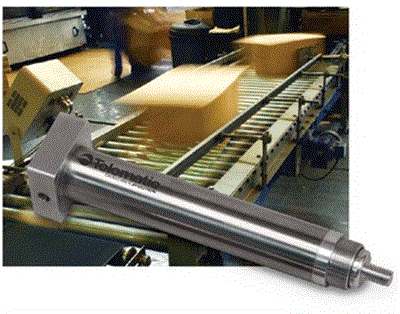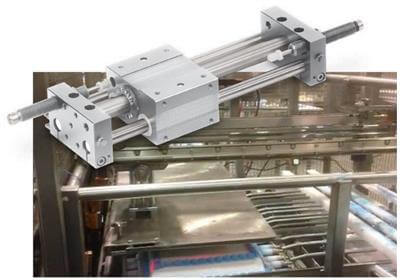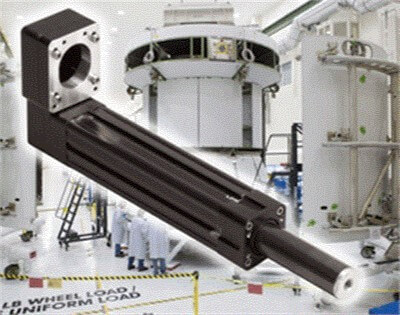Linear actuator article round-up
By Tolomatic on January 12, 2016
 Linear actuators are important pieces of industrial automation equipment. Without them parts wouldn’t move into place for the next production step, finished goods wouldn’t get to the right palate, and tools might not reach the spot they need to be in to do their work.
Linear actuators are important pieces of industrial automation equipment. Without them parts wouldn’t move into place for the next production step, finished goods wouldn’t get to the right palate, and tools might not reach the spot they need to be in to do their work.
A lot rides on these automation components, so engineers need to know as much about them as they can. At Tolomatic linear motion is our core expertise. We watch what’s written in key trade publications. Here’s a round-up of recent articles that will help you learn more about linear motion.
1. What’s the Difference Between Pneumatic, Hydraulic, and Electrical Actuators?
This April 2015 article from Machine Design compares the advantages and disadvantages of pneumatic, hydraulic and electric actuators. Pneumatic cylinders are well-understood but can have low operating efficiencies. Hydraulic cylinders offer the highest force capabilities but are prone to leaks. Electric actuators offer precision but may not be suited for flammable environments. The article points out how important it is to match the actuator to the application’s requirements.
2. Linear Actuators: Pneumatic or Electric?
This November 2015 Design World blog article focuses on the pluses and minuses of using pneumatic cylinders and electric actuators. Pneumatic  actuators offer low initial cost and reliability. Electric actuators are more accurate and often have a lower cost of ownership than their pneumatic counterparts.
actuators offer low initial cost and reliability. Electric actuators are more accurate and often have a lower cost of ownership than their pneumatic counterparts.
Total lifetime cost of equipment is under scrutiny currently. You might want to read our recent blogpost on total cost of ownership for pneumatic and electric actuators.
3. Trends in Pneumatic Linear Actuators
In September 2015, Machine Design looked at trends in pneumatic actuator design. Although some see this as a mature technology, advances are being made in lowering cost and increasing safety.
grosengren, our director of engineering, was interviewed as part of this article. He noted, “Growth in pneumatic actuators is in the low single digits. For electromechanical actuators, growth is five times that.” Rosengren also noted that the pneumatic actuator market is very price-driven and has attracted some low-cost, low-quality manufacturers.
4. Three Ways to Save Space with Linear Actuators
In late 2014 this Design World blog article looked at ways to save space when using linear actuators. Strategies for mounting and sealing are covered as well as an explanation of how to accurately calculate safety travel in order to minimize the space used. Keeping systems compact is a key part of lean manufacturing.
5. Five Things to Consider When Choosing a Linear Actuator
According to this September 2014 blog article from Design World, the five parameters to consider when selecting a linear actuator are: stroke length, speed, accuracy, mounting, and maintenance.
If this topic interests you, see our blogposts on selecting electric linear actuators and specifying rodless pneumatic actuators.
6. Five things to consider in vertical applications
In November 2015 Linear Motion Tips took a look at linear actuators in vertical applications. The article recommends taking special care when considering the effects of gravity, buckling load, back driving, lubrication, and contamination.
Learn more
Find out about Tolomatic and our products.

 Ask an Engineer
Ask an Engineer